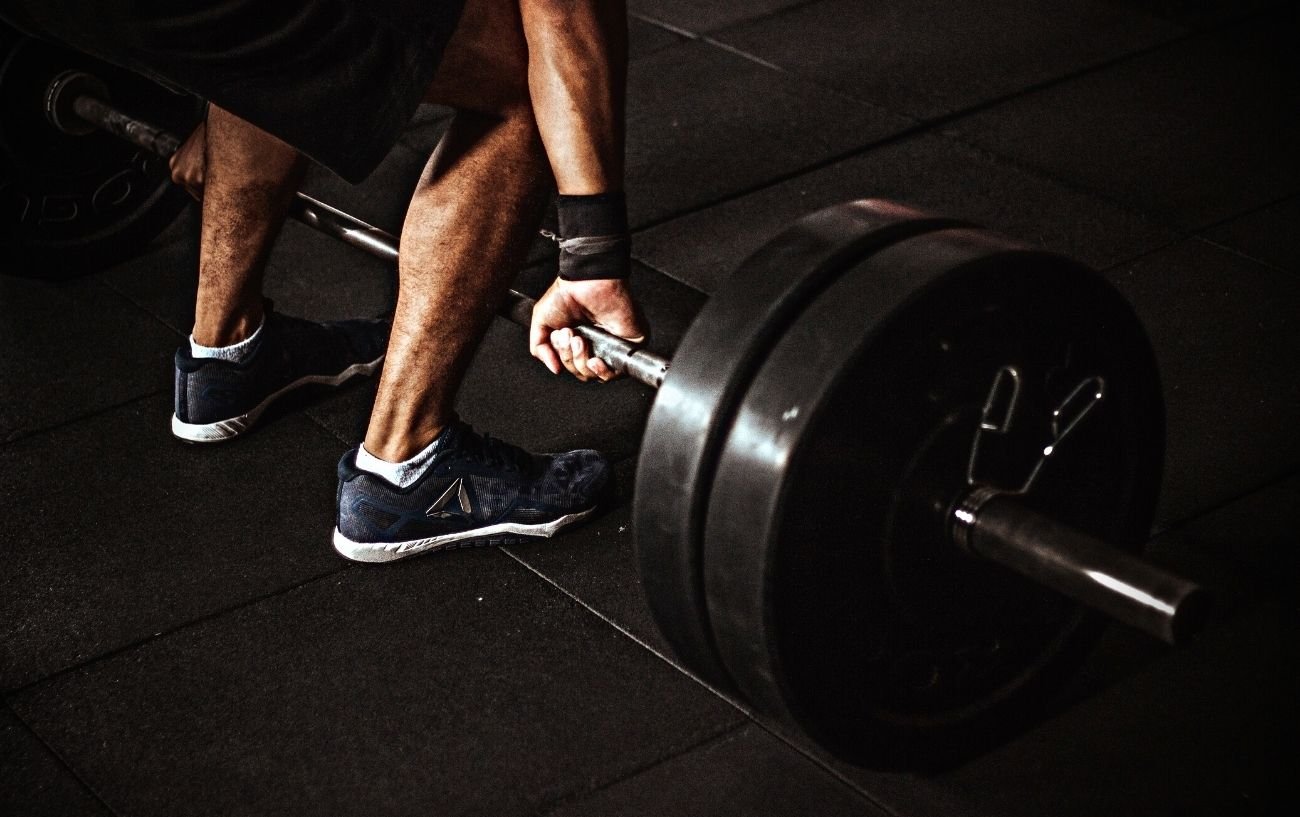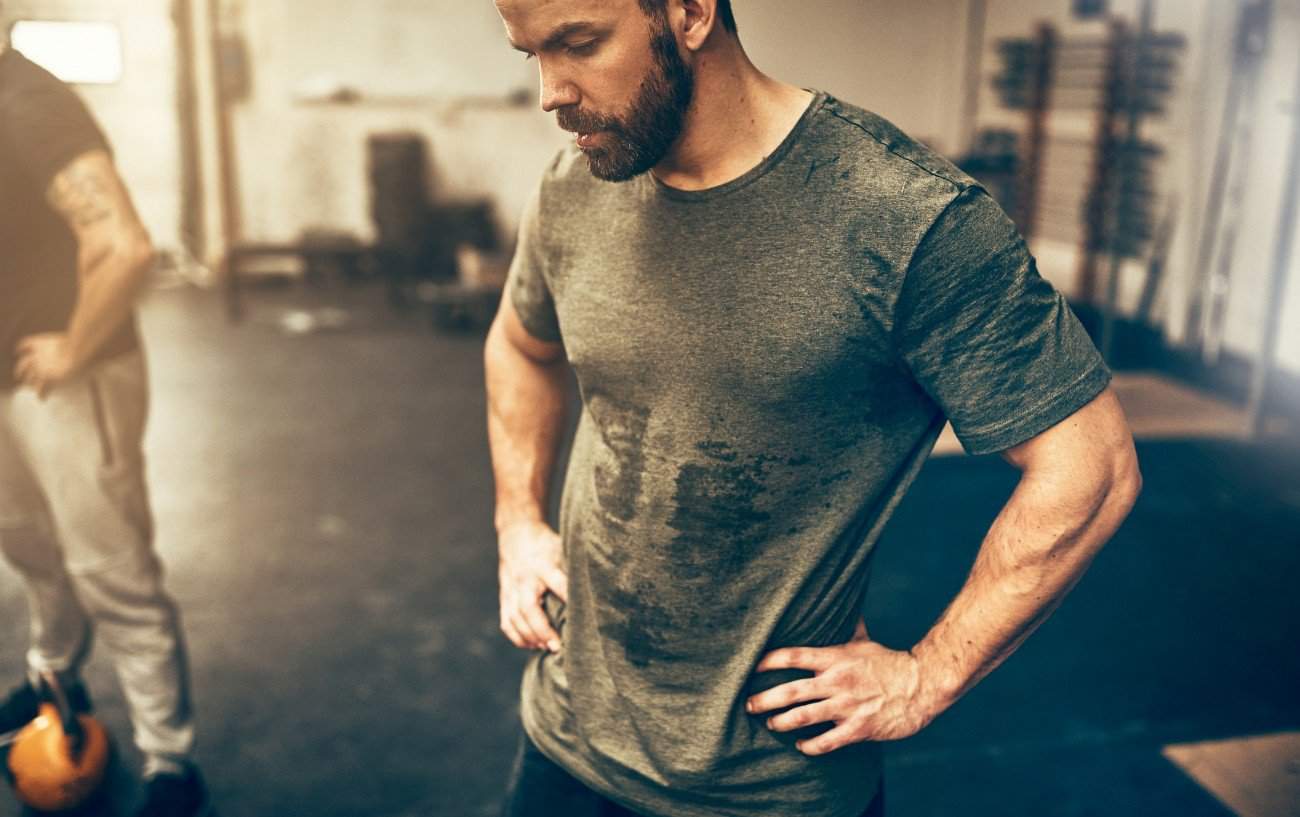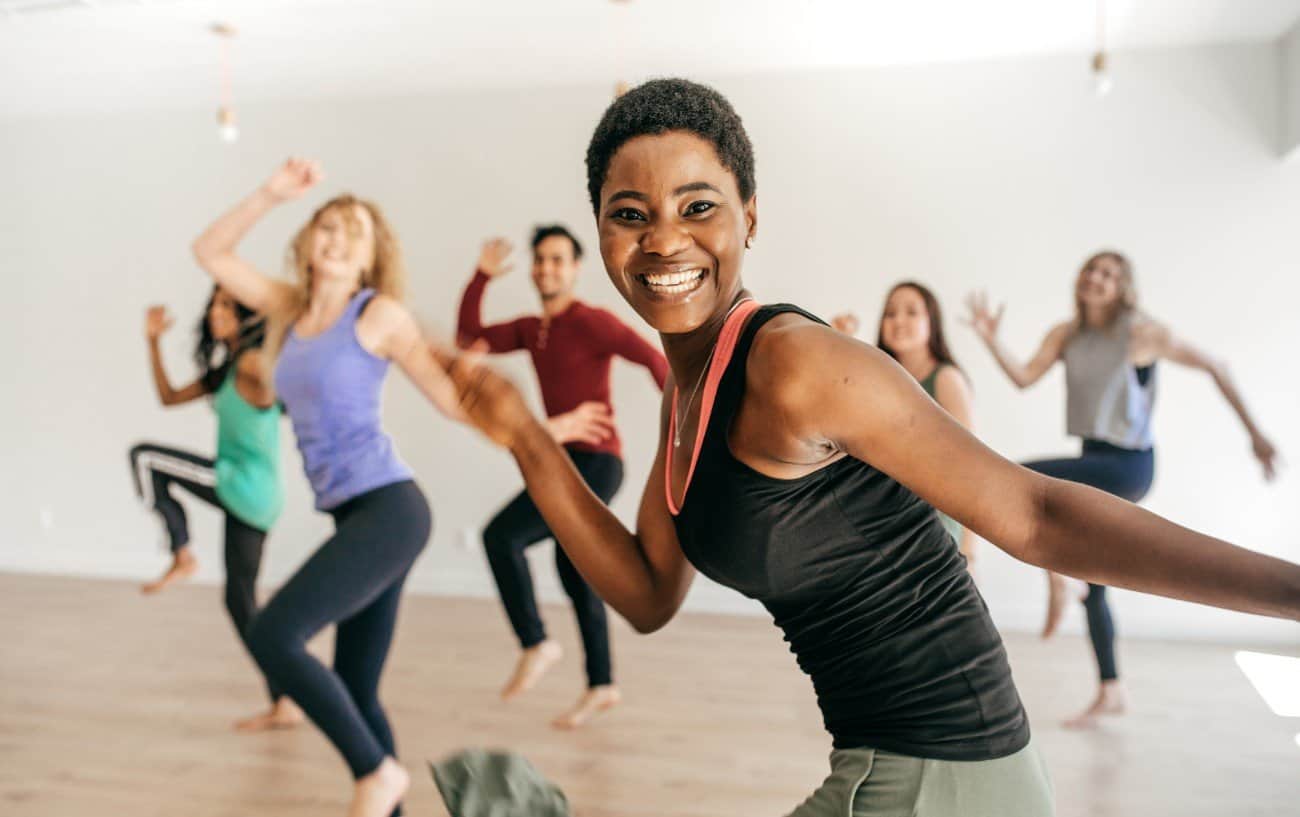Although there are many benefits of cycling and running, some of which overlap between the two sports, many people still wonder which of the two, biking or running gives the better workout.
What are the pros and cons and differences between cycling vs running? Is biking better than running? Or vice versa?
In this article, we will look at cyclists vs. runners, honing in on the differences between cycling and running and the benefits of both running and biking to help you pick the best type of exercise for your individual needs.

Cycling Vs Running: Which Gives You the Better Workout?
When you are surveying your options for cardio exercise, whether using cardio equipment at the gym or exercising outside, you’ve likely wondered whether you will get a better workout running or cycling.
Is running a better form of cardio exercise than biking, or is biking better aerobic exercise than running?
There isn’t necessarily a clear-cut answer to this question because the term “better” is ill-defined.
A “better form of exercise” may be defined as a workout that is more difficult, intense, has better health benefits, and is more likely to boost cardiovascular health for most people.” Better—sort of a global sense of a “better” cardio workout—may refer to a better workout for a specific individual based on his or her fitness goals and needs.
The answer to which type of exercise is better, running vs. biking, can certainly vary based on your own personal fitness goals, current fitness level, and overall health and wellness.

For example, for a runner who is trying to train for a 10k, running will be a more effective type of exercise to perform to train for the race.
In contrast, if someone has significant osteoarthritis causing knee pain or an overuse injury, cycling is likely going to be a better workout because it causes less stress on the joints, so it can typically be performed more vigorously without increasing joint stress and pain.
It is also important to remember that you can modulate the difficulty of the workout, either running or cycling, based on your effort level and cardiovascular fitness.
For instance, it is possible to do a very low-intensity, easy jog at a comfortable pace on a track where there’s no incline.
You can also do a very vigorous running workout by doing 6 x 800m hard intervals at VO2 max pace or sprinting up a hill 12 times.

A similar scenario can play out with biking.
You can ride on a bike path at a light resistance and a slow cadence, or you can engage in a demanding high-intensity interval training (HIIT) workout on an indoor cycle (spin bike) with bursts of very high-resistance climbs and a high cadence.
However, overall, all things being equal, running is usually a better workout than cycling, since it is a weight-bearing exercise.
Coupled with the fact that running is a total-body exercise, its high-impact, weight-bearing nature increases the workload on your muscles (especially your leg muscles), heart, and lungs compared with cycling, which is non-weight-bearing, low-impact, and mostly only a lower-body workout for your leg muscles.
For this reason, it’s more difficult to consistently get your heart rate as high while cycling vs running, and you’ll get more of a full-body workout running vs biking.
Keep in mind that no matter what type of exercise you perform, you can increase or decrease the difficulty of the workout.
When you run, you can increase your speed (run at a faster pace), run up an incline to increase the intensity of the workout, or run longer to make the workout more difficult.
When you bike, you can increase the intensity of the workout by cycling at a faster cadence or with more resistance. You can also do cycling workouts for a longer amount of time, which will be more difficult overall and have a higher calorie burn.
It should be noted that for some, cycling might be a better form of cardio, as they can do it for longer.
If you are new to both running and cycling, you could potentially cycle for a few hours without putting much strain on your joints and risking damage or injury, whereas running for the same period would have a very high risk of injury. Hence, as a beginner, if you wanted to improve just your cardio fitness as much as possible in as a short of a time as possible, it might be easier to do it through cycling.

Cycling Vs Running: Muscles Worked
There’s a lot of overlap between the muscle groups worked by running and the muscles worked by cycling because both activities are predominantly lower-body exercises.1Hamner, S. R., Seth, A., & Delp, S. L. (2010). Muscle contributions to propulsion and support during running. Journal of Biomechanics, 43(14), 2709–2716. https://doi.org/10.1016/j.jbiomech.2010.06.025 2Ericson, M. O., Nisell, R., Arborelius, U. P., & Ekholm, J. (1985). Muscular activity during ergometer cycling. Scandinavian Journal of Rehabilitation Medicine, 17(2), 53–61. https://pubmed.ncbi.nlm.nih.gov/4023660/
Cycling and running both primarily target the leg muscle groups and masses, including the glutes, quads, hamstrings, and calves, as well as the hip flexor muscles.
With cycling, as long as your hands stay on the handlebars and you stay seated on the saddle, the muscular involvement of the exercise is essentially limited to these lower-body muscles.
Your body weight is supported by the seat, so there’s little core and upper-body muscle activation.
However, if you stand up and climb up hills outside or do an indoor cycling workout on a spin bike that involves climbing up out of the saddle, you will also be building muscles in your abdominals, lower back, deltoids (shoulders), triceps, and pecs (chest) to some degree.
Running is a whole-body workout and weight-bearing exercise, so in addition to the glutes, hamstrings, quads, and calves of the lower body, you use all major muscle groups of the core and upper body.
Additionally, running also uses the adductors and abductors of the legs, such as gluteus medius, adductor magnus, and adductor longus, for lateral stability.
These muscles are minimally active while cycling because your weight is supported on the seat, so you do not have to stabilize your body in the frontal plane (side to side).
Overall, running gives a more rounded and balanced workout to the legs, however, cycling is particularly good at building strength in the quads, hence, why cyclists will generally have much bigger muscles in their thighs. Whilst this is true, the muscles will be less balanced overall, with an unequal distribution of muscle to the quads.
In general, cyclists will have more fast twitch muscle fibres, which are needed for rapid propulsion, power, and sprinting. Runners on the other hand will have more slow twitch msucle fibres, which are better for endurance exercise and are more resistant to fatigue.
Finally, running or cycling uphill will further act as strength training for the legs by effectively increasing the resistance training.

Cycling Vs Running: Calories Burned
The number of calories you burn during a workout depends on several factors, namely the type of exercise, intensity of the workout, duration of the workout, and your body weight.
For example, you’ll burn more calories during a 45-minute HIIT indoor cycling workout where your heart rate is getting up to 85% of your maximum heart rate or higher than you will jogging around your block for 15 minutes at a 12-minute pace.
With that said, minute per minute, running typically burns more calories than cycling due to the greater muscle involvement and it being a weight-bearing exercise.
According to Harvard Health Publishing and NASM, 30 minutes of moderate-intensity stationary biking burns about 210 calories for a 125-pound person, 252 calories for a 155-pound person, and 292 calories for a 185-pound person, while a 30-minute vigorous stationary bike workout burns approximately 315 calories for a 125-pound person, 378 calories for a 155-pound person, and 441 calories for a 185-pound person.3Harvard Health Publishing. (2021, March 8). Calories burned in 30 minutes of leisure and routine activities. Harvard Health. https://www.health.harvard.edu/diet-and-weight-loss/calories-burned-in-30-minutes-for-people-of-three-different-weights
Running for 30 minutes at 6 mph (10-minute miles) burns about 295 calories for a 125-pound person, 360 calories for a 155-pound person, and 420 calories for a 185-pound person, while running for 30 minutes at 7.5 mph (8-minute miles) burns about 375 calories for a 125-pound person, 450 calories for a 155-pound person, and 525 calories for a 185-pound person.
This data suggests that jogging at a moderate pace will burn about as many calories as a vigorous stationary bike workout while running at faster paces can burn significantly more calories than cycling.
However, as previously mentioned, as a beginner, the low impact nature of cycling means that although you may burn less calories per minute, you may be able to do the exercise for longer with a lower risk of injury, meaning you are able to burn more calories because you can work out for longer periods of time.

Which Is Better for Weight Loss, Running Or Biking?
Due to the fact that the caloric expenditure is typically higher with running vs cycling, running tends to lead to faster weight loss.
With that said, both cycling and running can help you lose weight and burn fat.
The effectiveness of biking and running for weight loss will depend on how many calories you burn in your workouts—which is dependent on the duration, intensity, and frequency of your workouts—relative to the number of calories you’re eating.
If either type of exercise increases your appetite, the other activity might be better.
Similarly, if you can bike longer or harder than you can run, biking can be better for weight loss than running.

Cycling Vs Running: Injury Risk
No matter which exercise you’re an enthusiast for, injuries can occur from both running and cycling.
Running is a high-impact activity, so it’s much harder on the bones and joints. As such, it can be uncomfortable for people with osteoarthritis and can be unhealthy for people with low bone density.
Additionally, people who are overweight or pregnant sometimes find the impact stresses of running to be uncomfortable, though plenty of people with a high BMI enjoy running every day.
With cycling, it is a great method for cross-training as the risk of injuries is lower because cycling is a low-impact exercise as your foot is always in contact with the pedal rather than landing back on the ground to absorb your body weight after being airborne.
With that said, cycling in traffic or outdoors can lead to injuries, or even death, from falls. Wearing a helmet and obeying traffic laws is a must for safety.
Conclusions
As can be seen, there are many benefits to both running and cycling. Running is a very efficient, total-body workout that burns a lot of calories, while cycling is easier on the joints and can potentially be more approachable for beginners, seniors, and those who carry a lot of extra weight.
Looking to take up running? If you are a beginner and want to start your running journey with us, we have an excellent Couch to 5k training plan to get you put on your running shoes and get started today!













